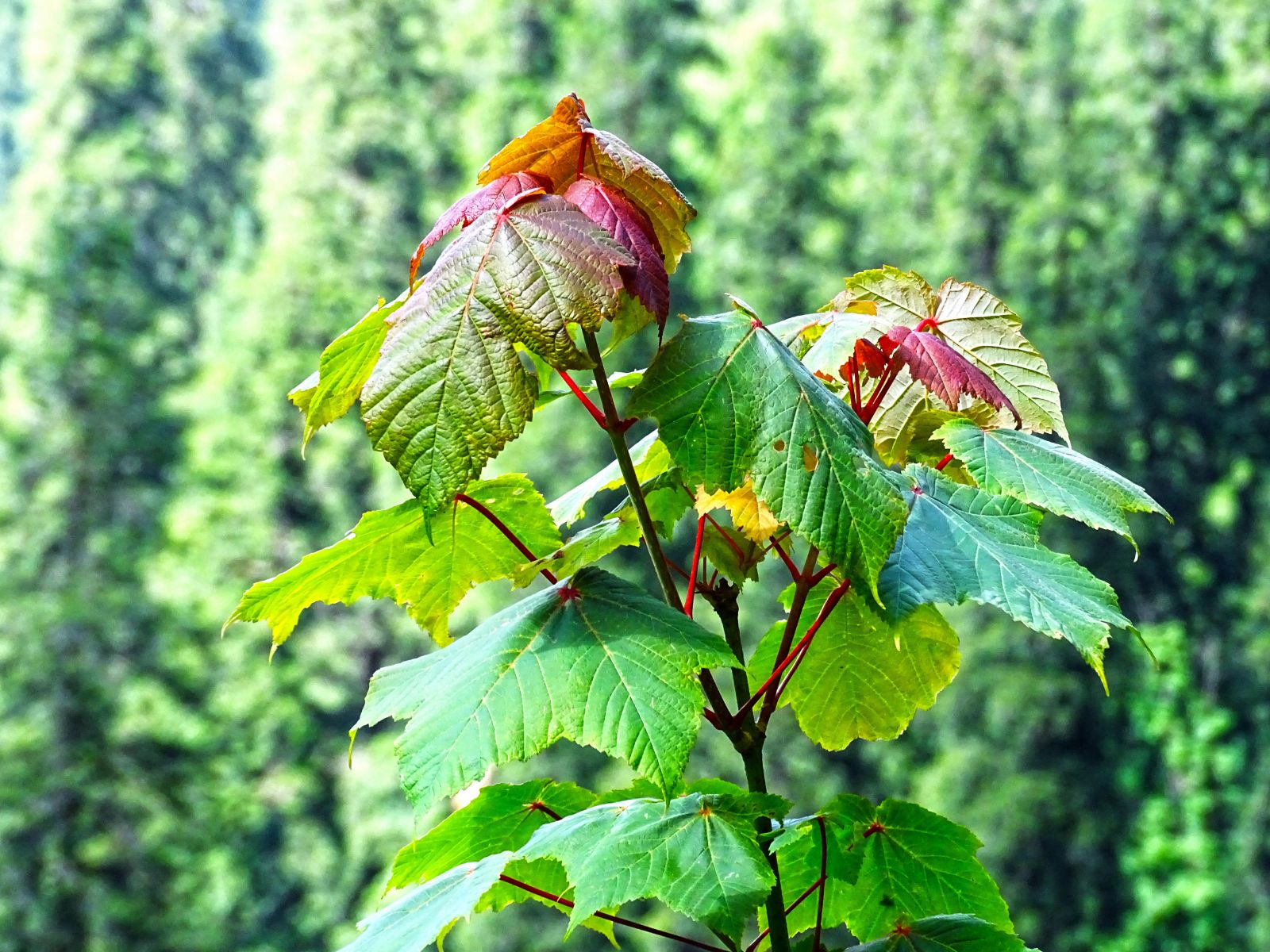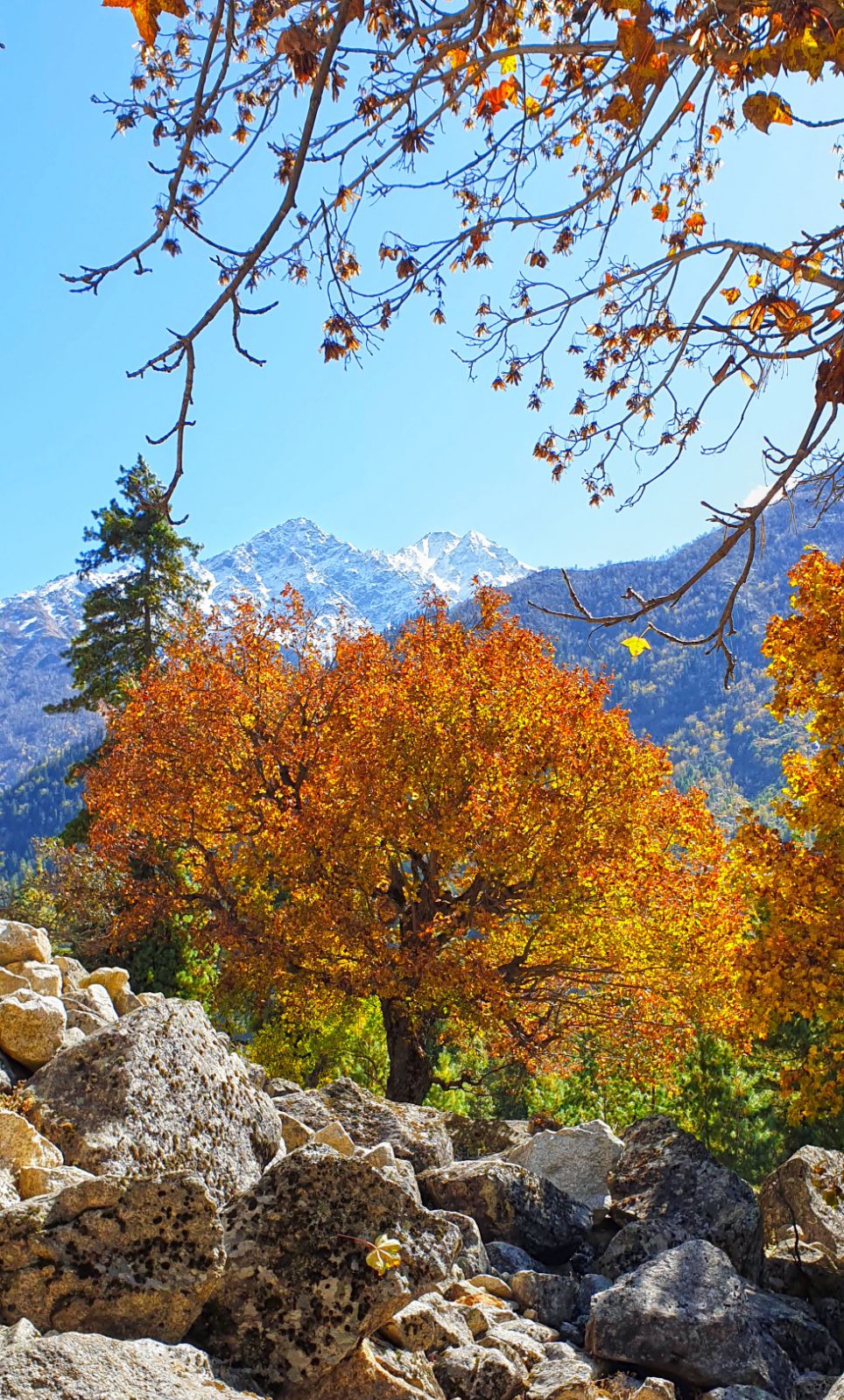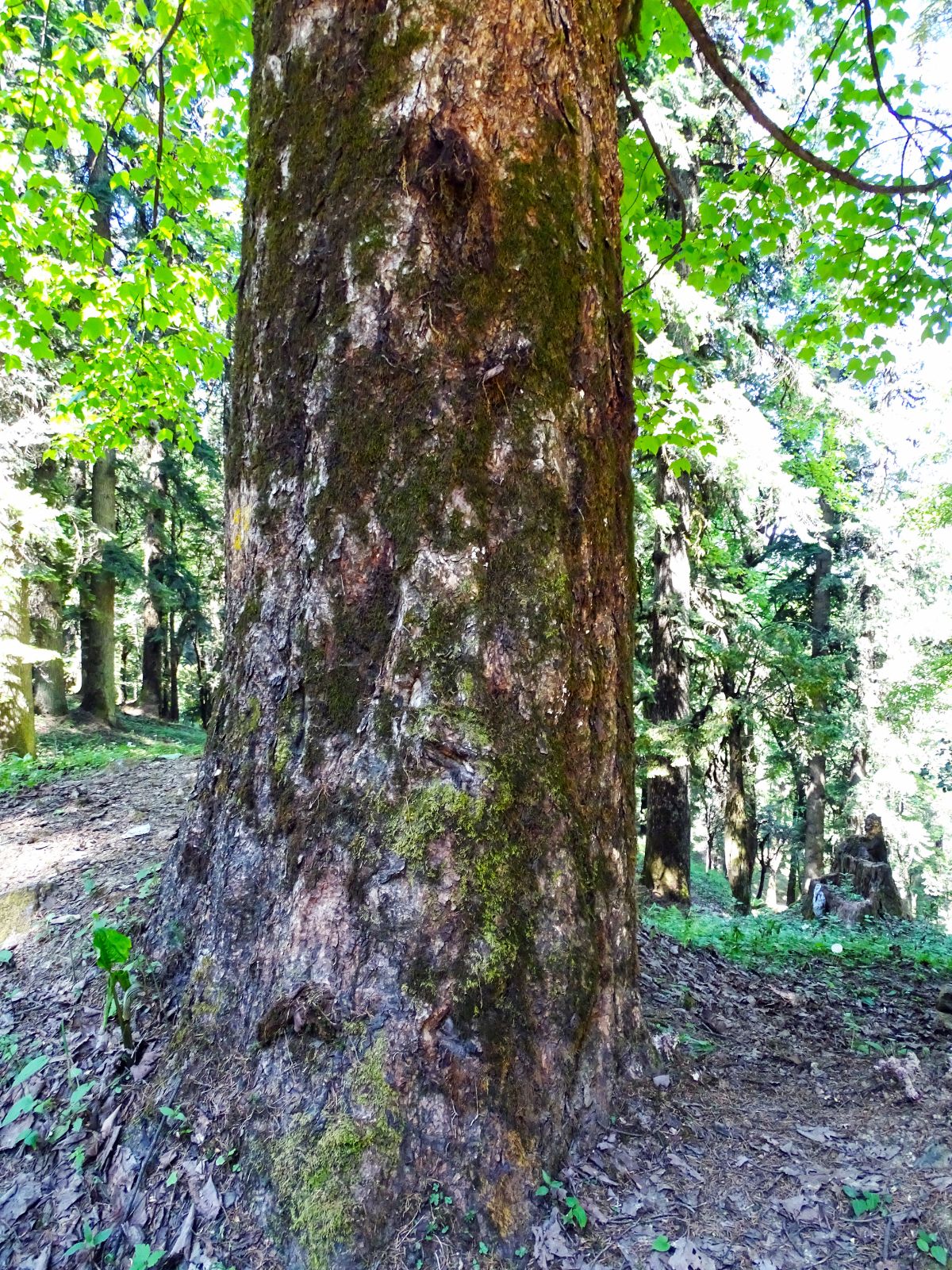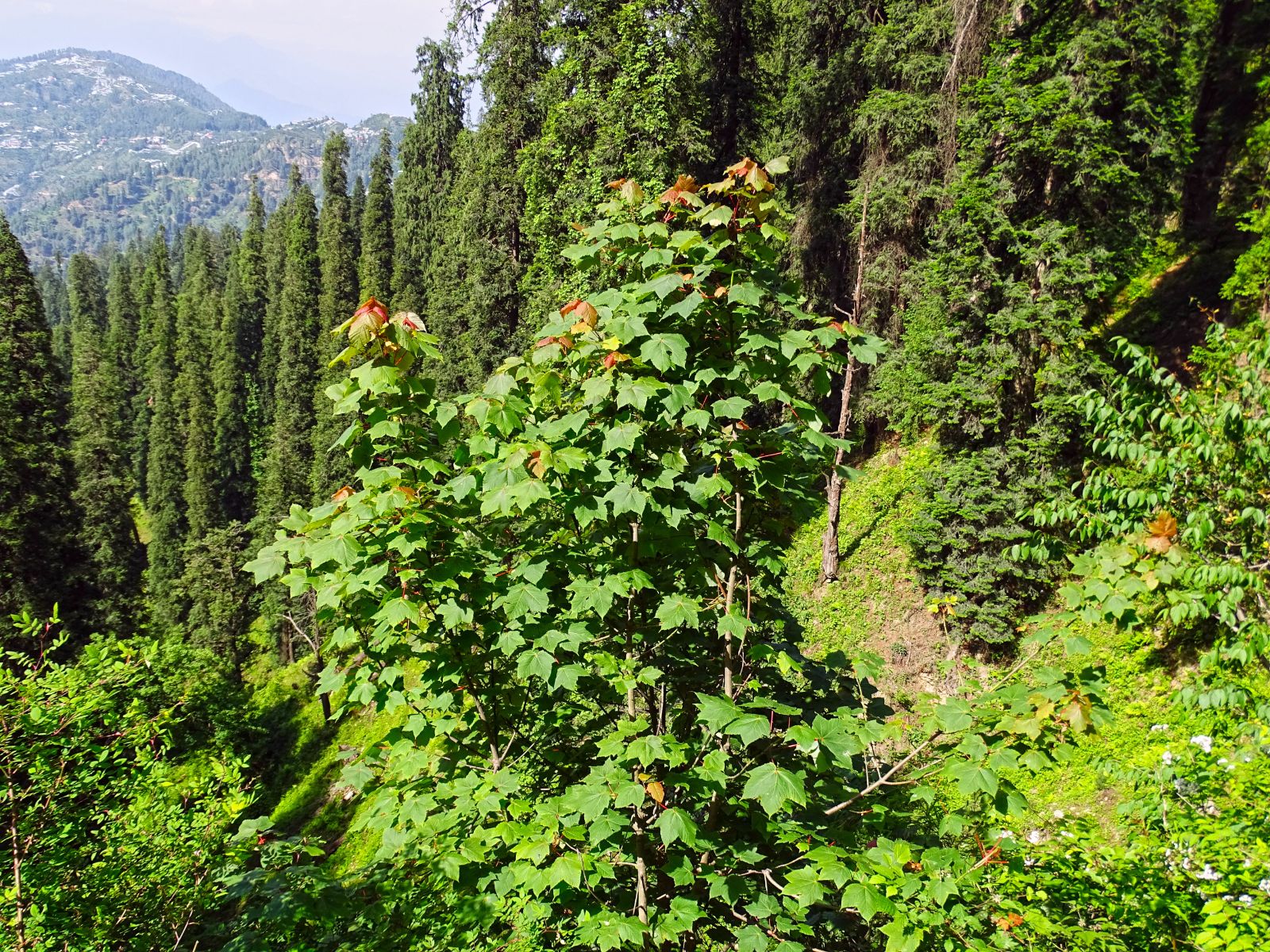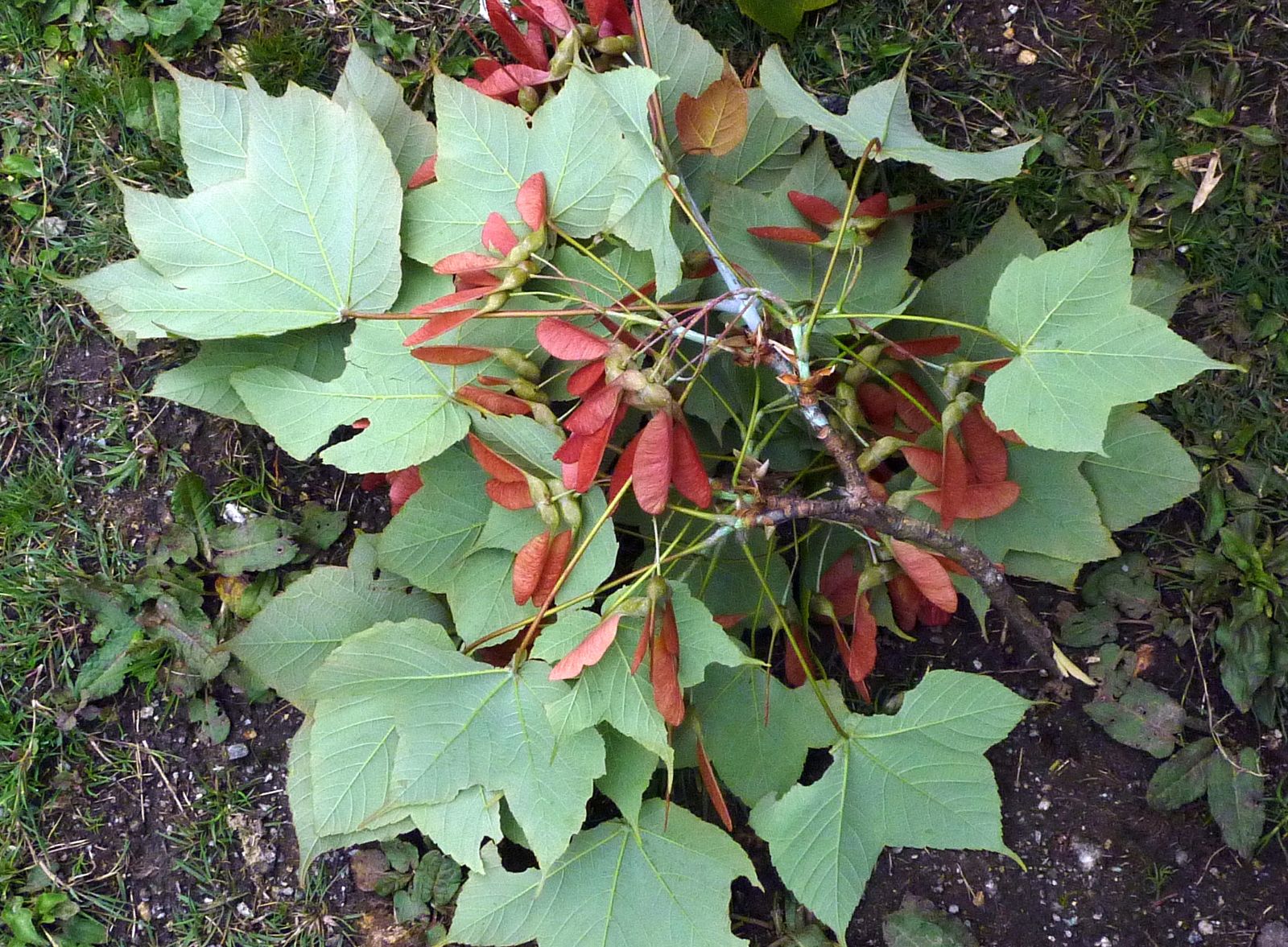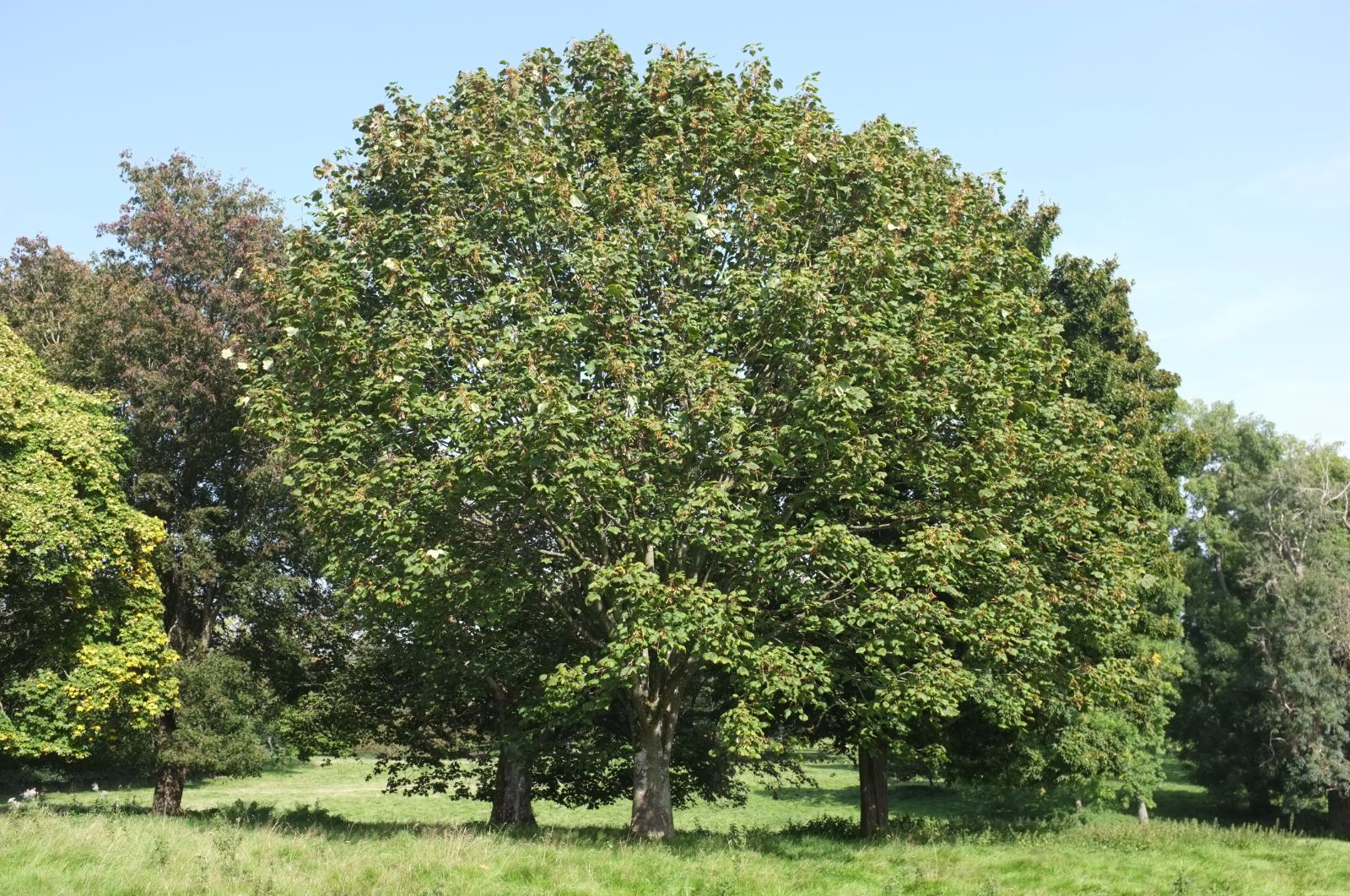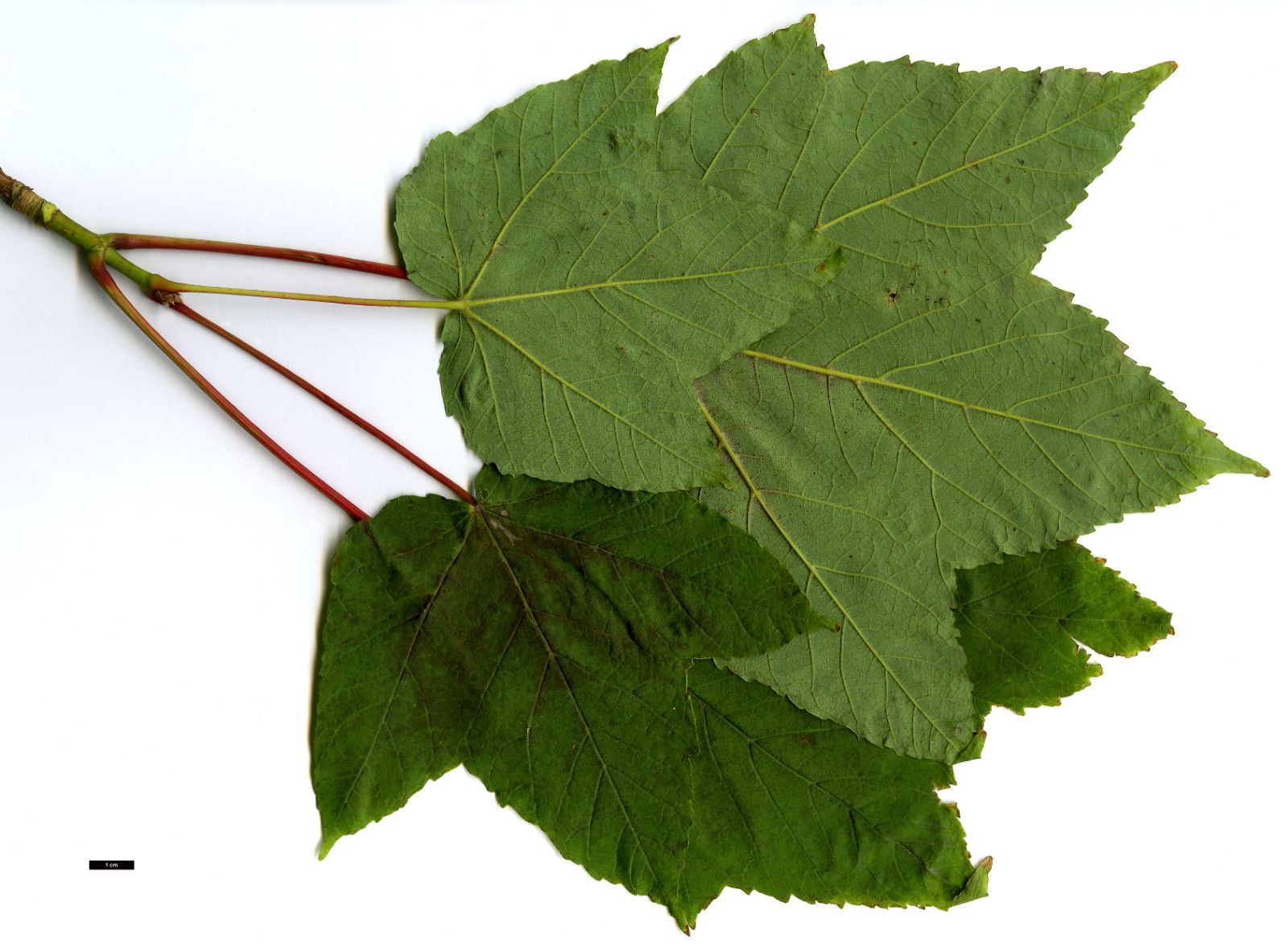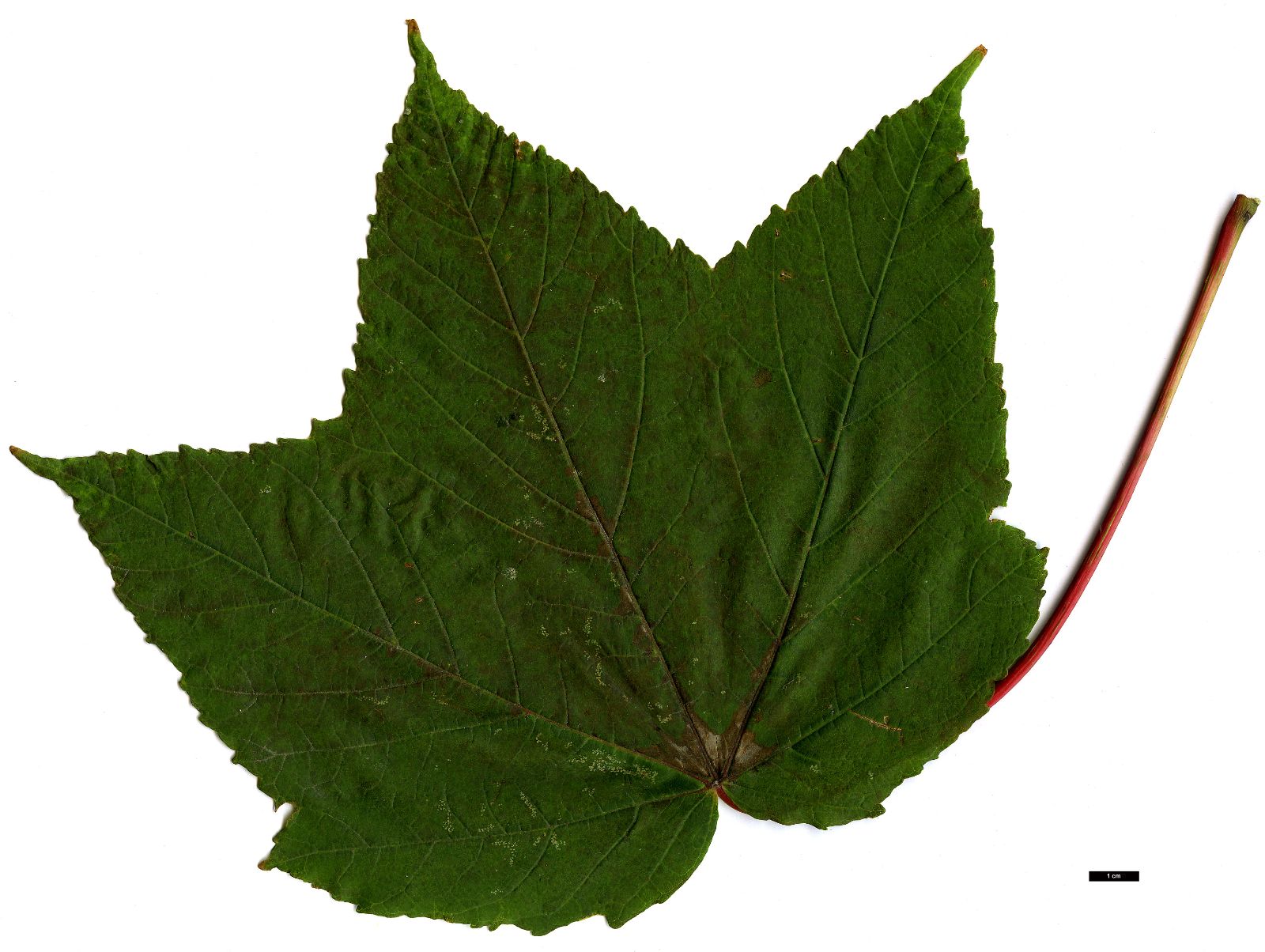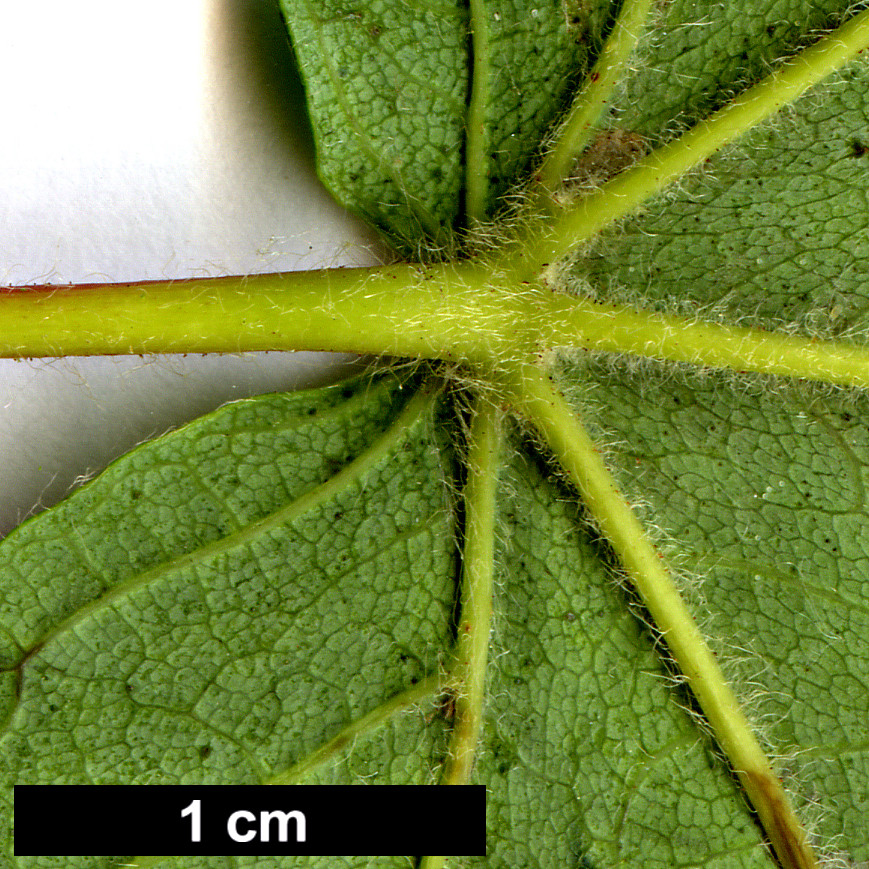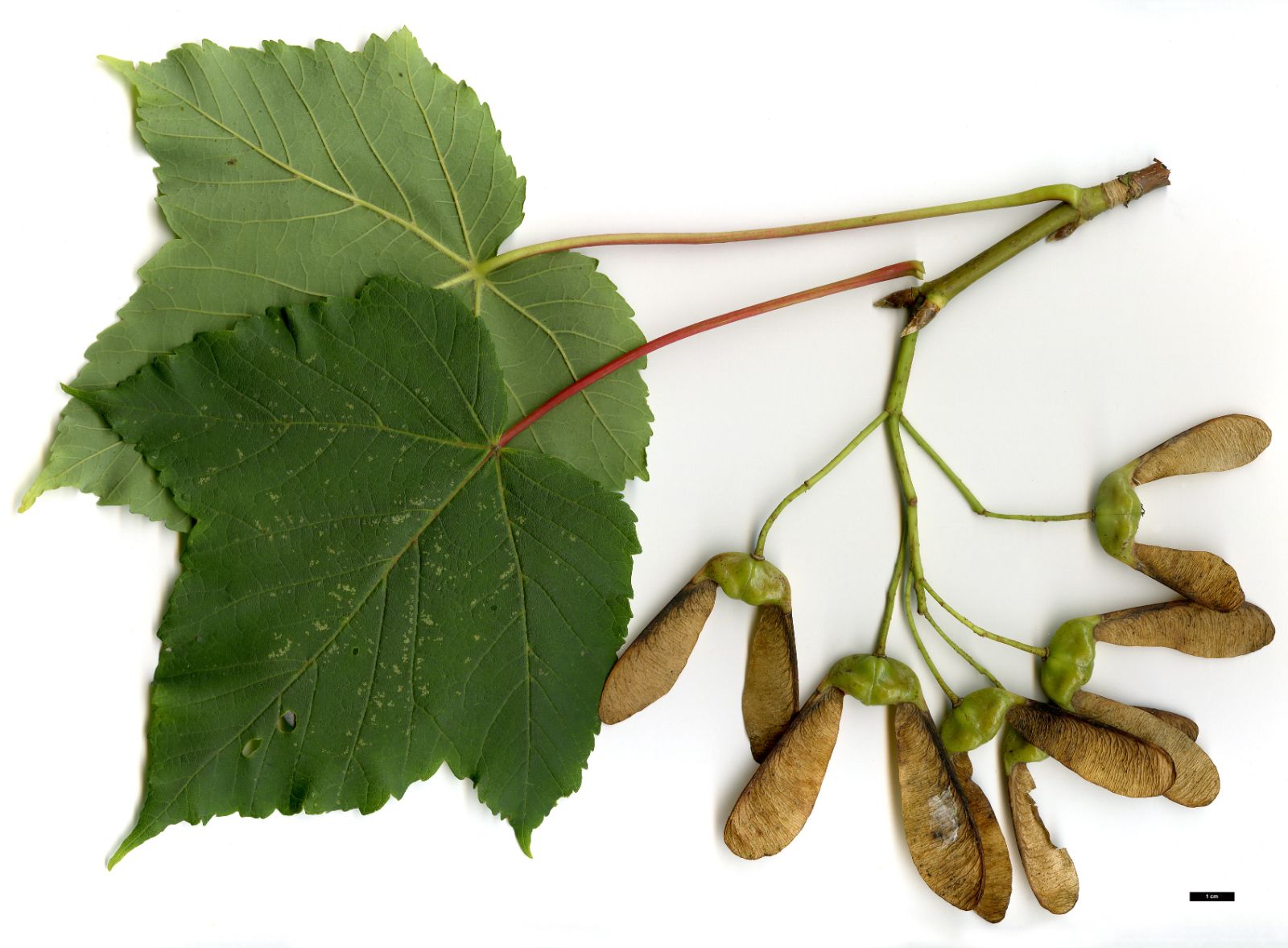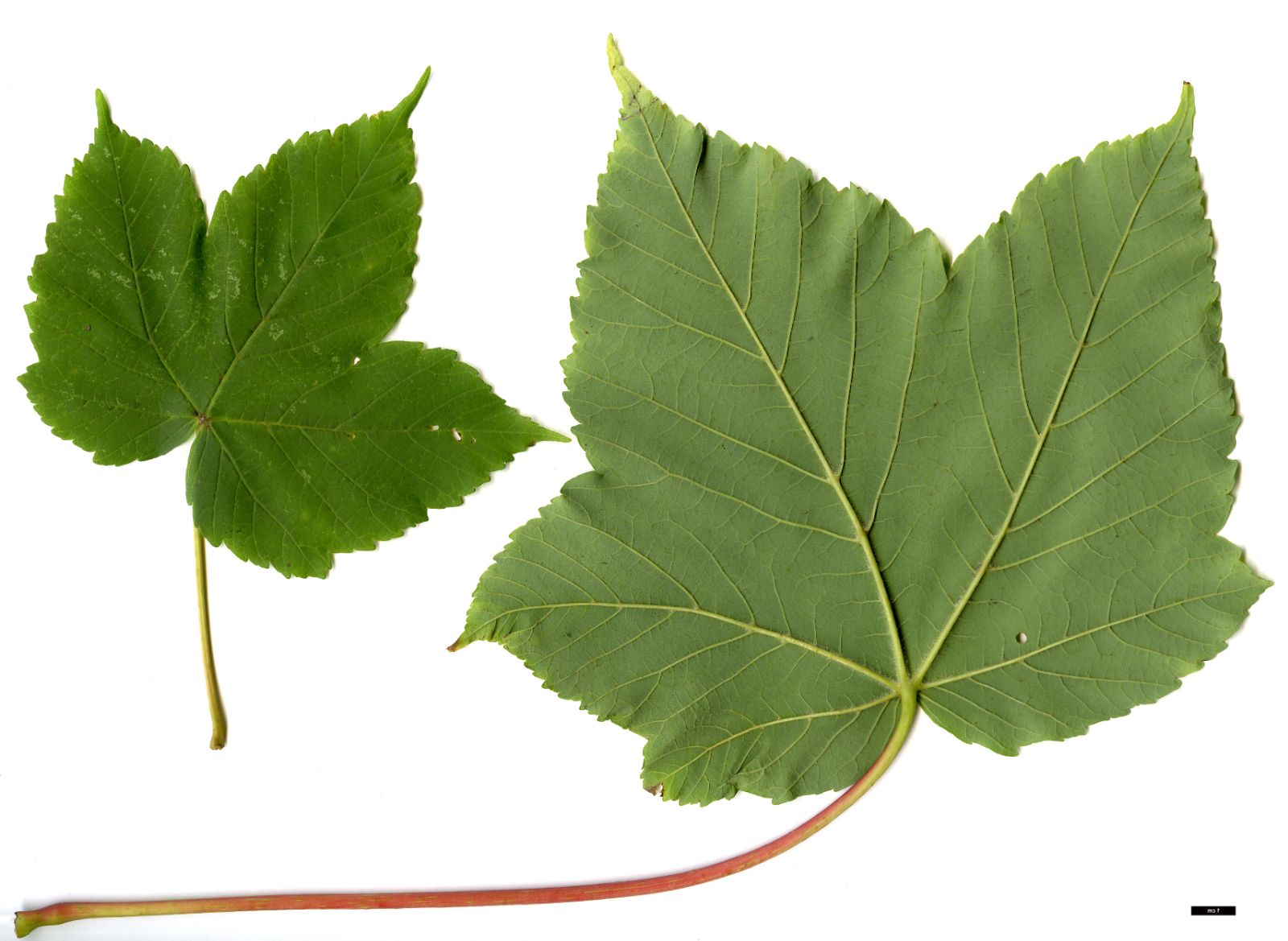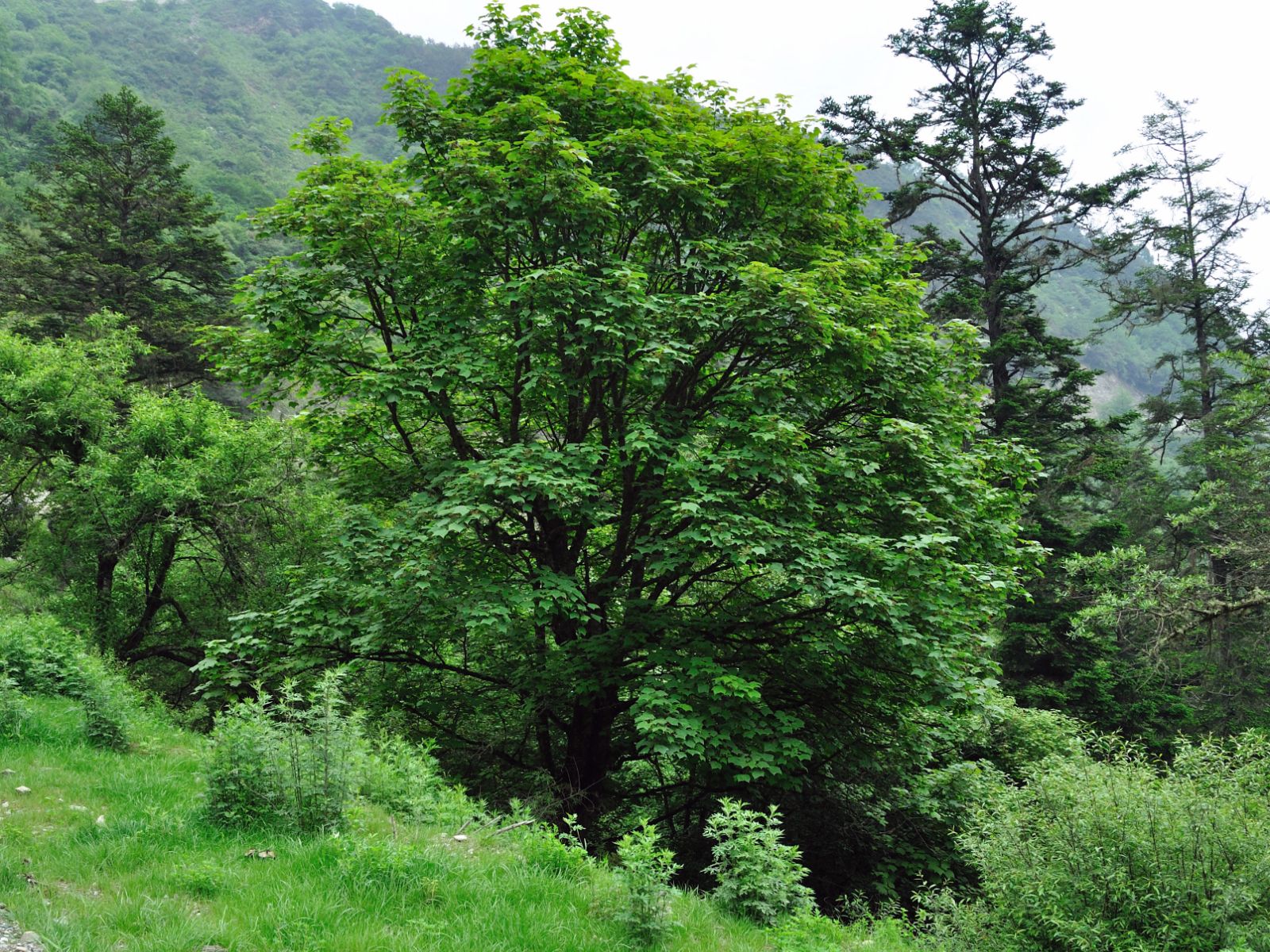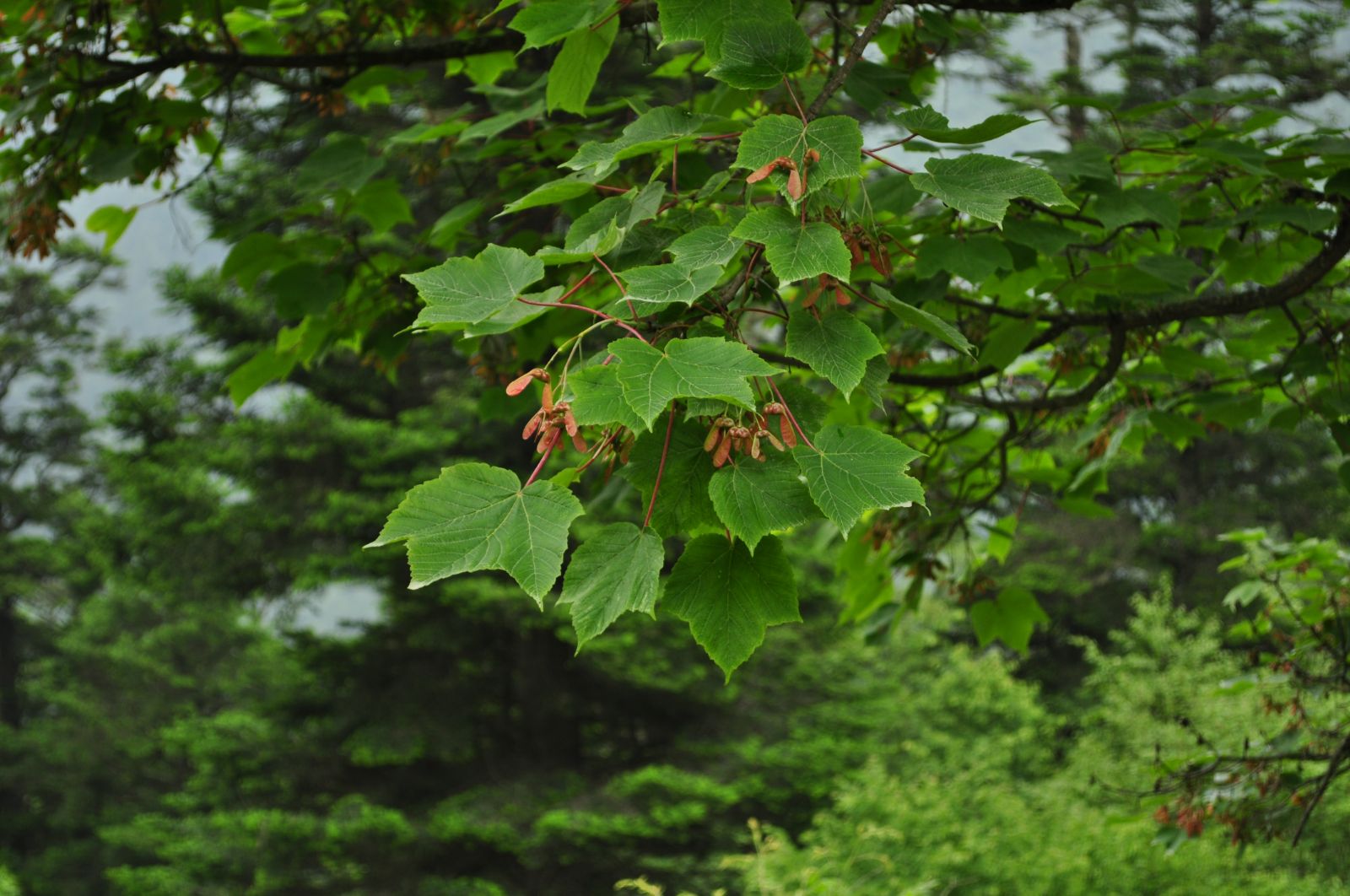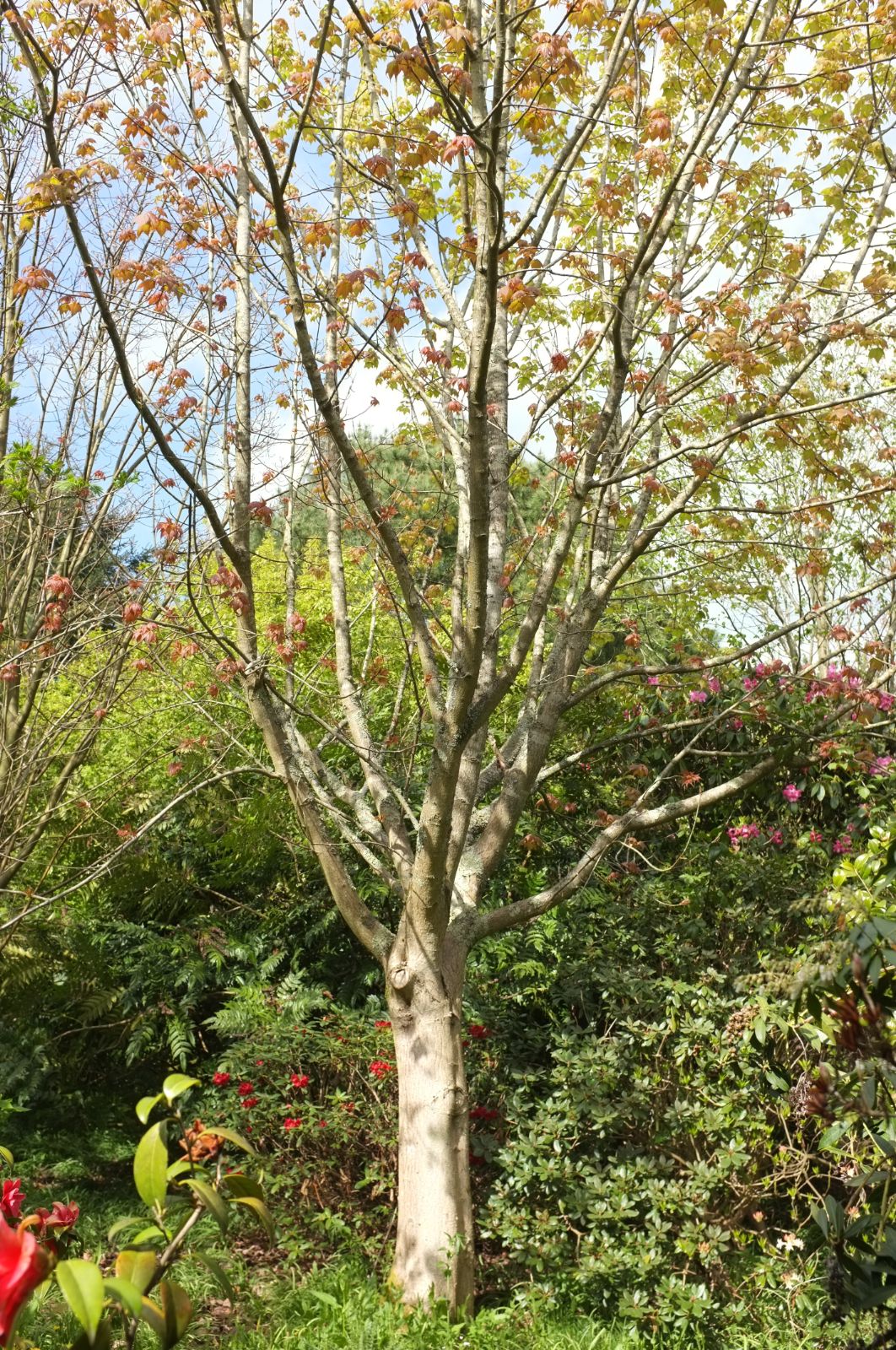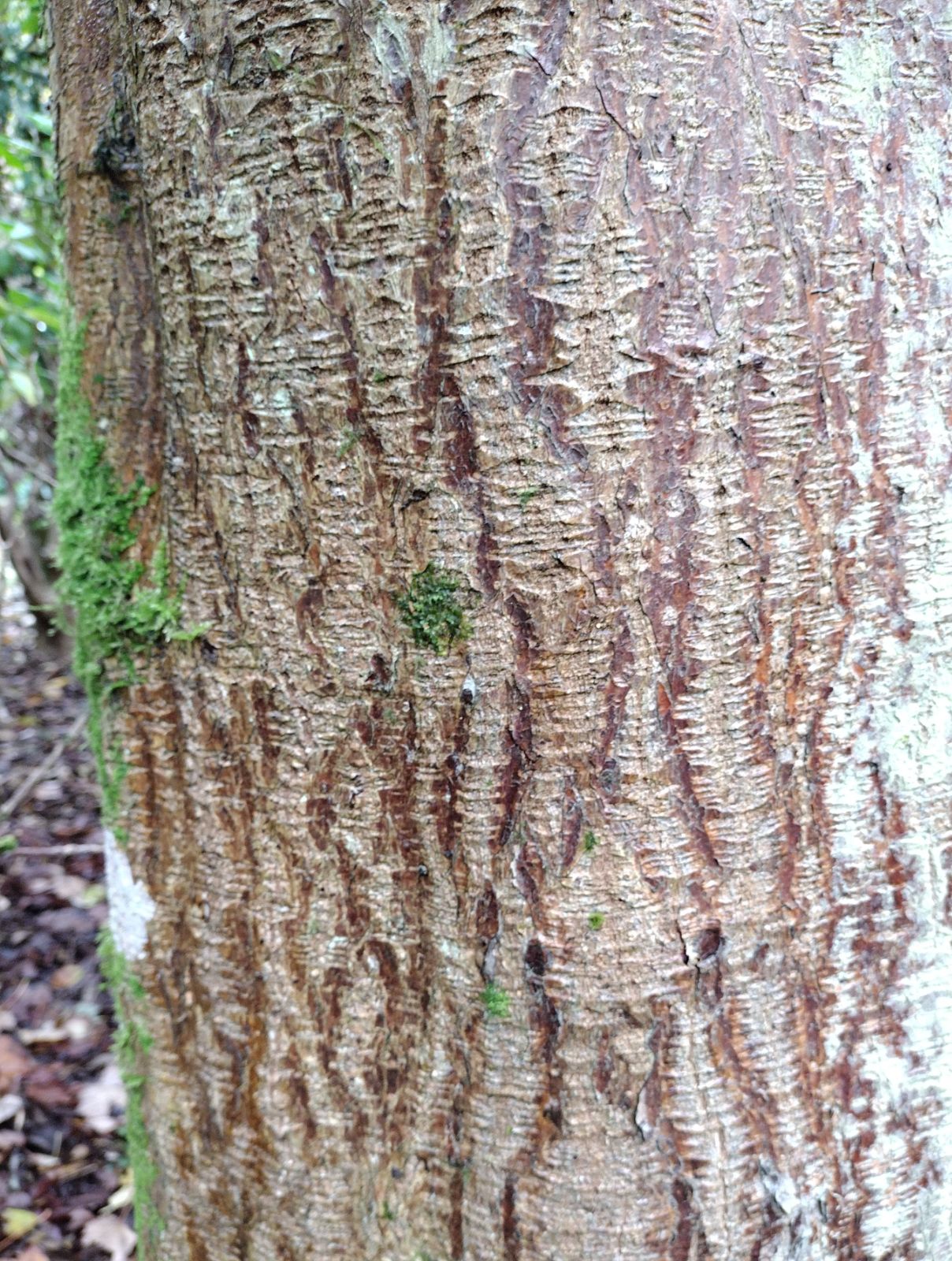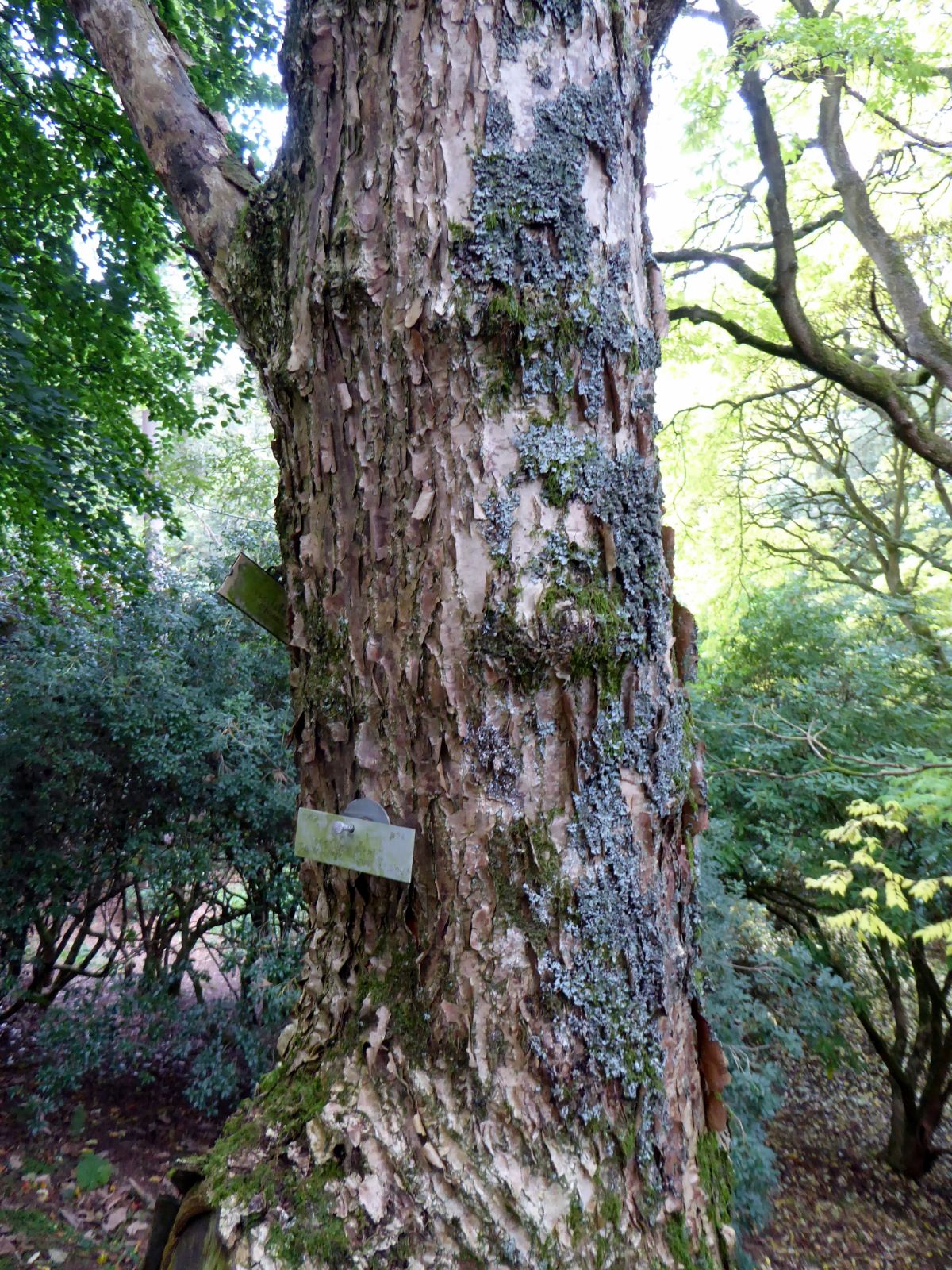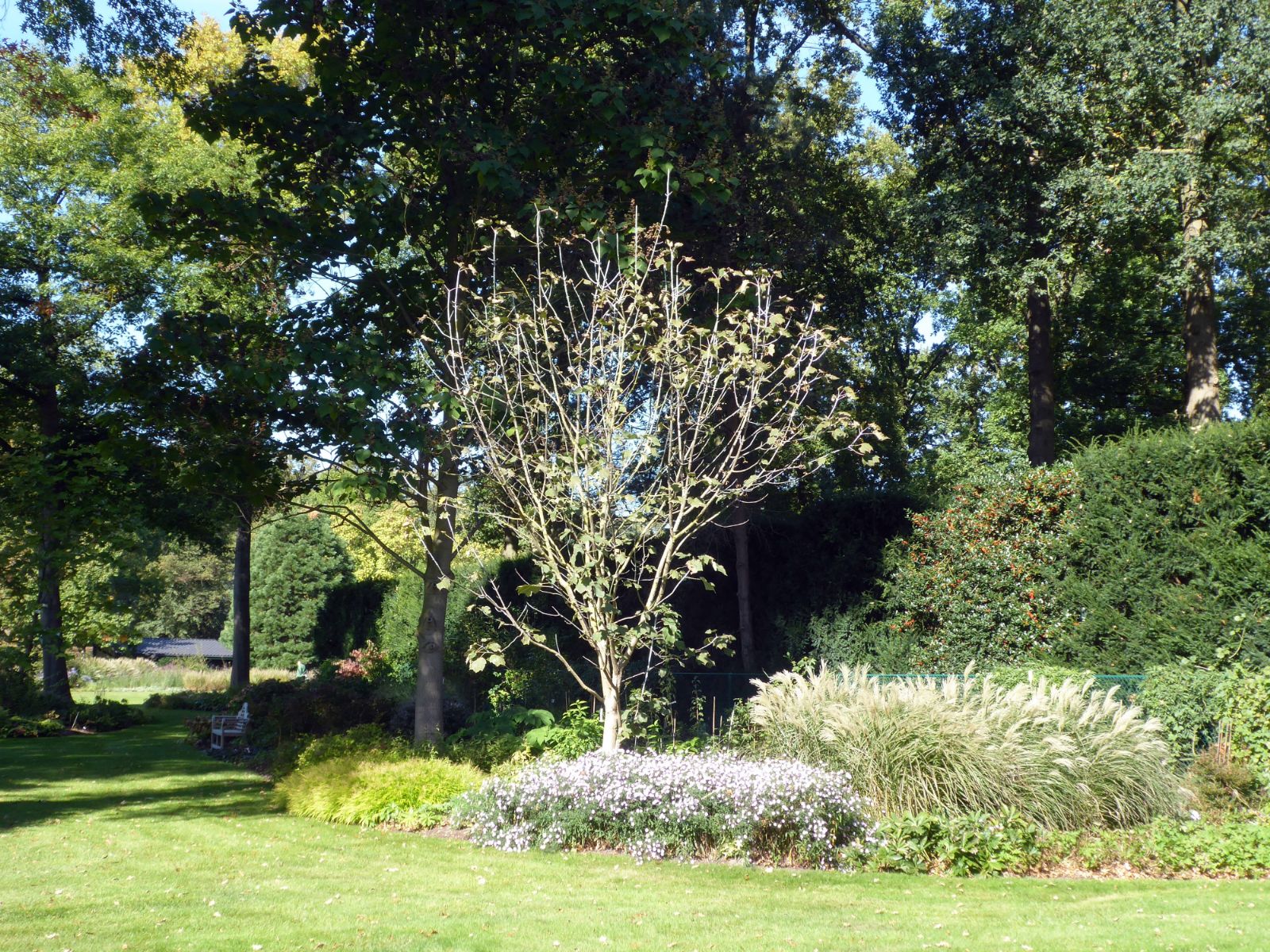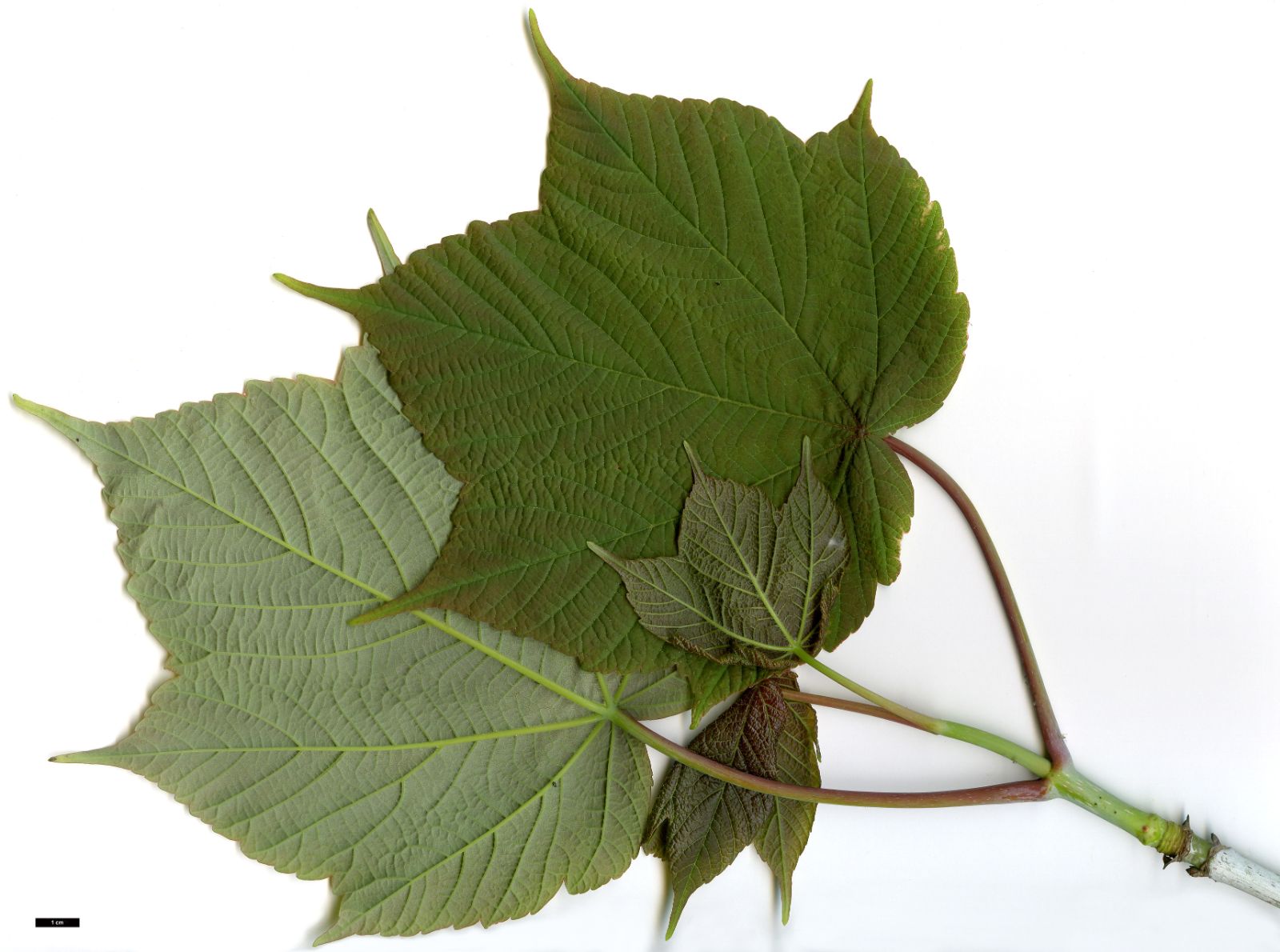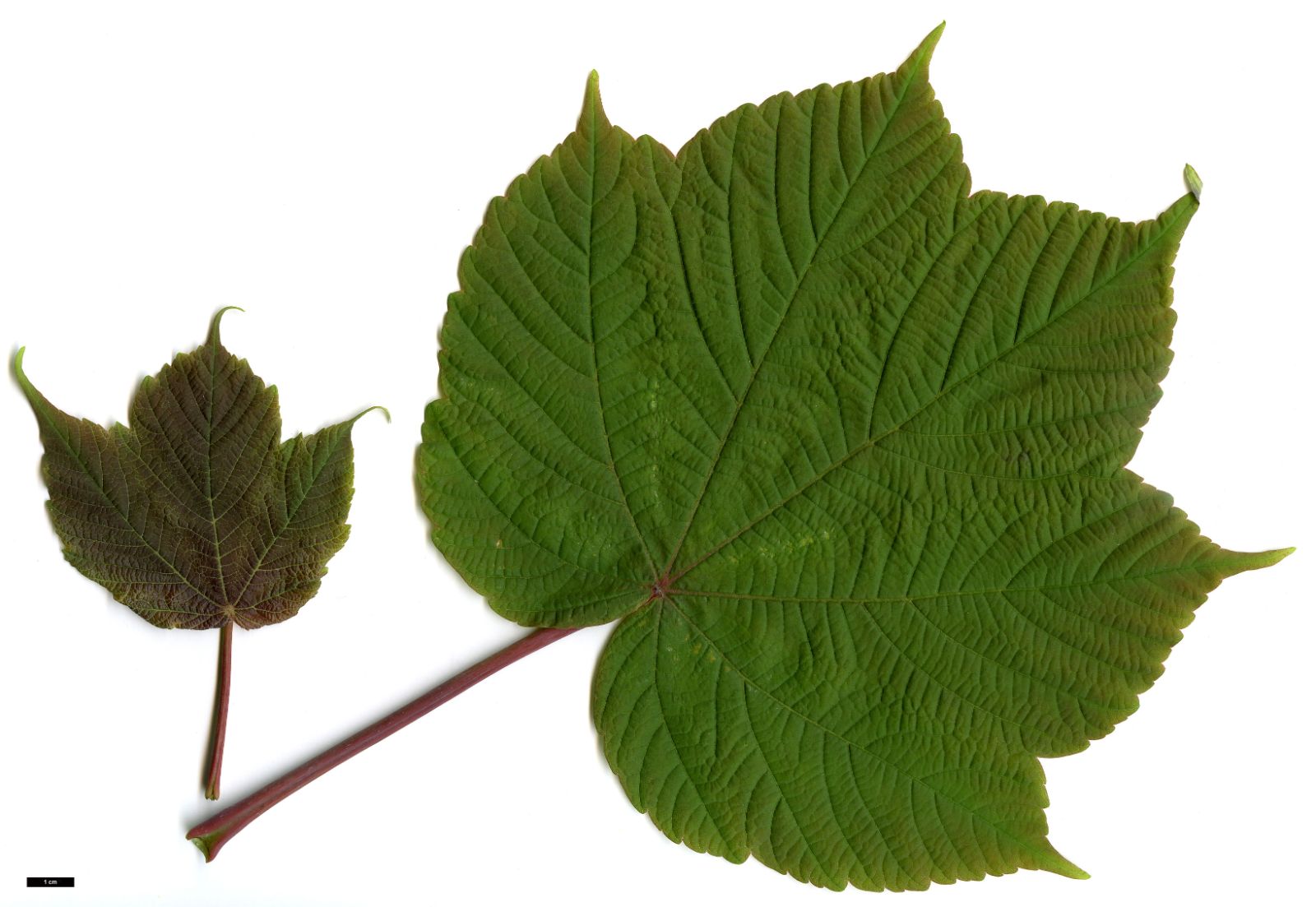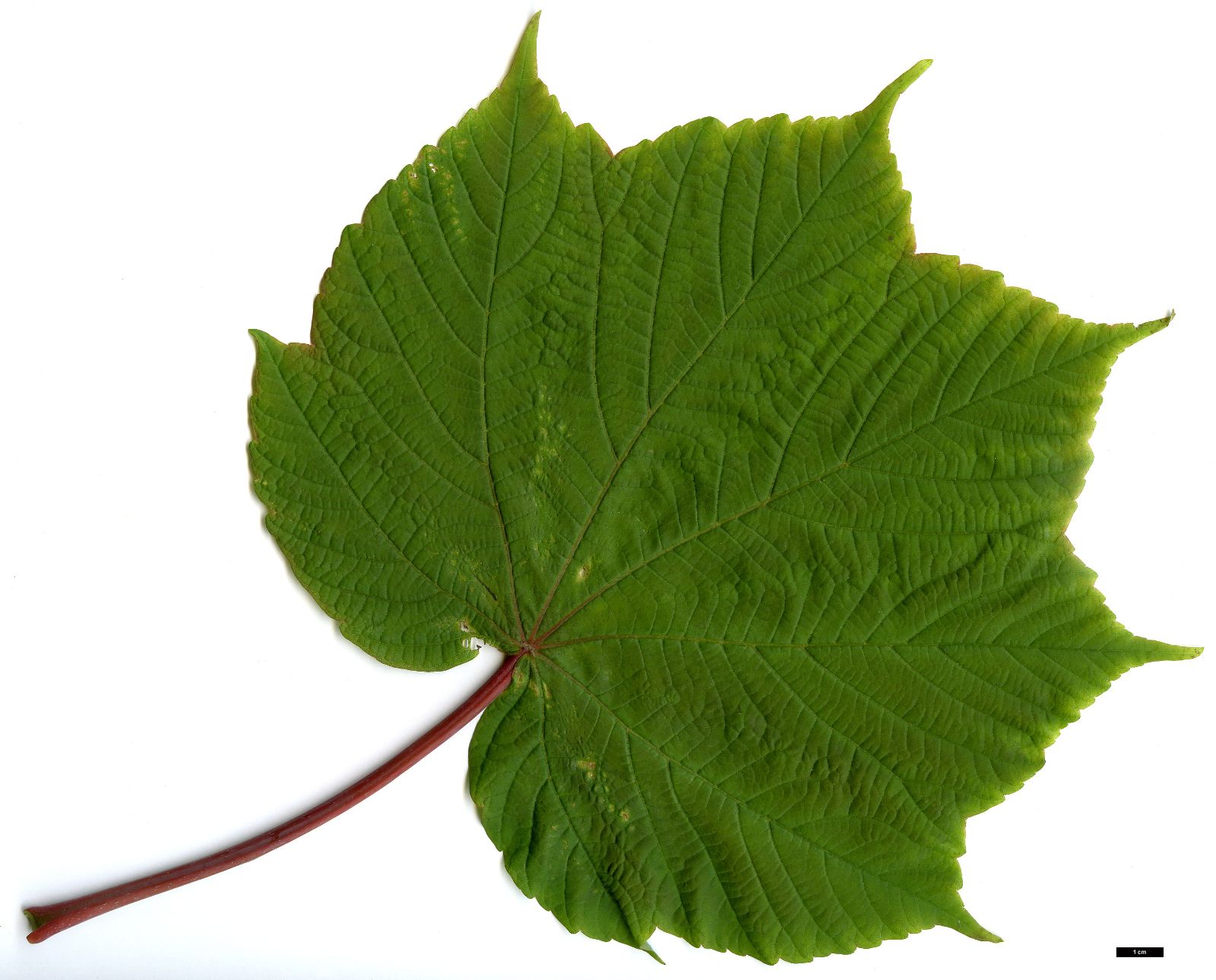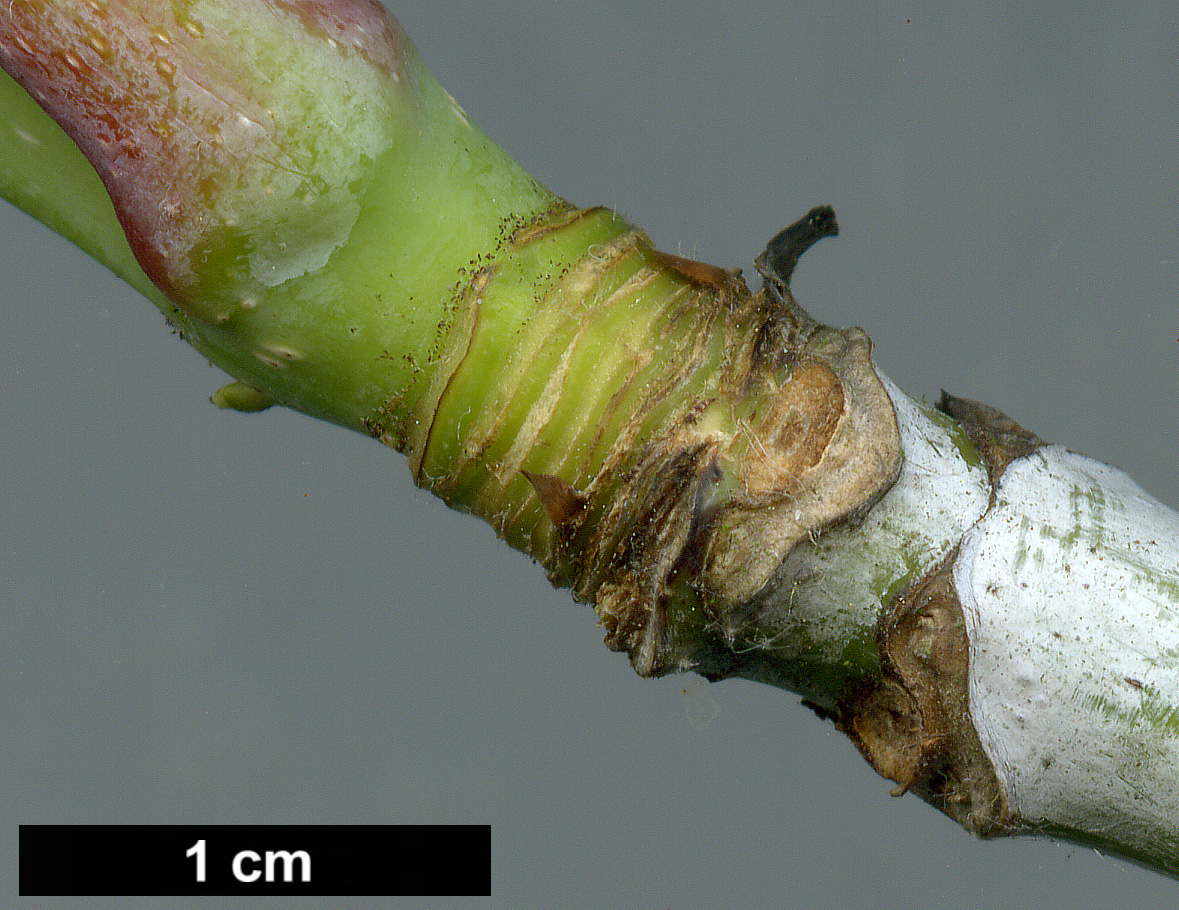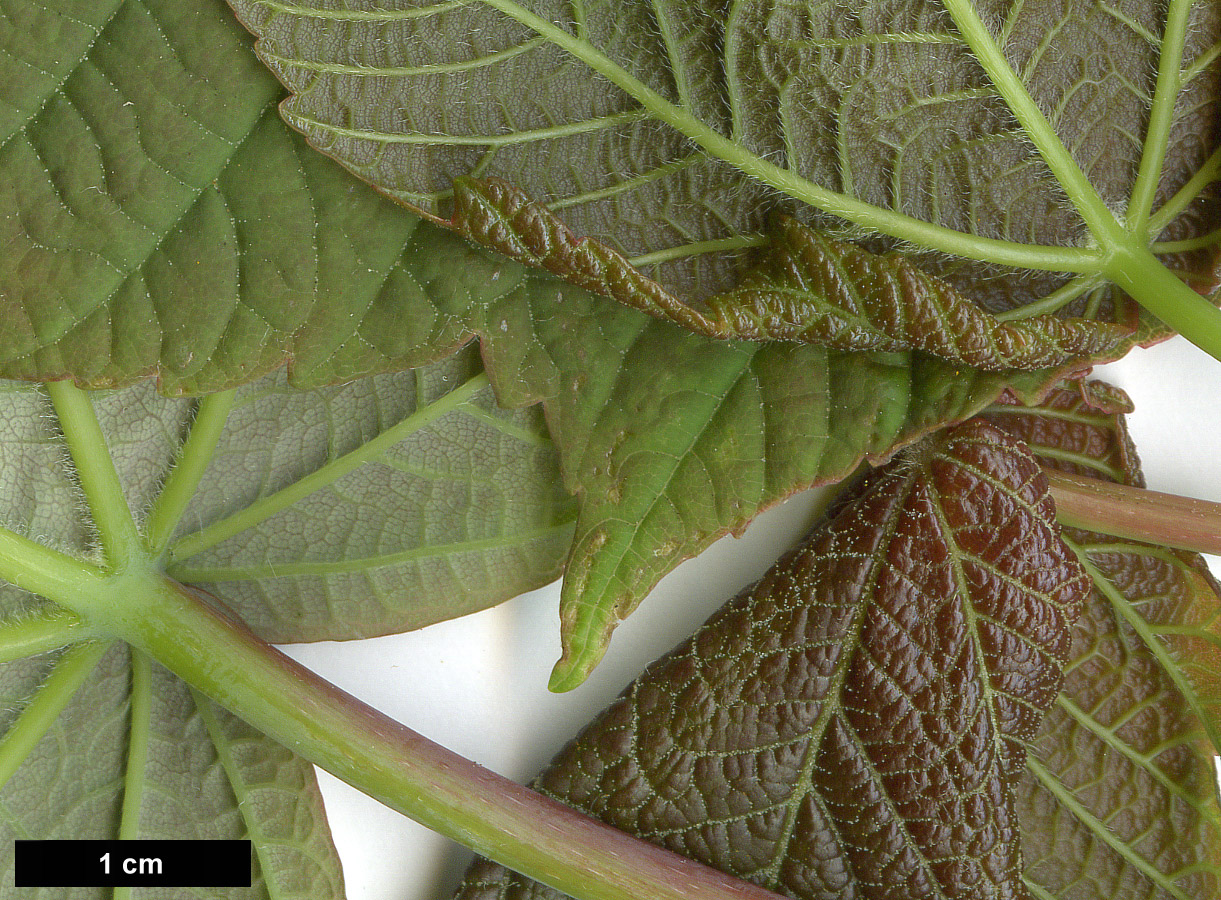Acer caesium
Sponsor
Kindly sponsored by
The Wynkcoombe Arboretum
Credits
Dan Crowley (2020)
Recommended citation
Crowley, D. (2020), 'Acer caesium' from the website Trees and Shrubs Online (treesandshrubsonline.
Infraspecifics
Other taxa in genus
- Acer acuminatum
- Acer amplum
- Acer argutum
- Acer barbinerve
- Acer buergerianum
- Acer calcaratum
- Acer campbellii
- Acer campestre
- Acer 'Candy Stripe'
- Acer capillipes
- Acer cappadocicum
- Acer carpinifolium
- Acer 'Cascade'
- Acer caudatum
- Acer ceriferum
- Acer chapaense
- Acer chienii
- Acer circinatum
- Acer cissifolium
- Acer × conspicuum
- Acer cordatum
- Acer coriaceifolium
- Acer × coriaceum
- Acer crataegifolium
- Acer davidii
- Acer diabolicum
- Acer distylum
- Acer divergens
- Acer duplicatoserratum
- Acer elegantulum
- Acer erianthum
- Acer 'Esk Flamingo'
- Acer fargesii
- Acer fenzelianum
- Acer flabellatum
- Acer forrestii
- Acer franchetii
- Acer × freemanii
- Acer fulvescens
- Acer 'Gimborn'
- Acer ginnala
- Acer glabrum
- Acer 'Gold Coin'
- Acer granatense
- Acer grandidentatum
- Acer griseum
- Acer heldreichii
- Acer henryi
- Acer × hillieri
- Acer hookeri
- Acer hyrcanum
- Acer japonicum
- Acer kawakamii
- Acer komarovii
- Acer laevigatum
- Acer laurinum
- Acer laxiflorum
- Acer lobelii
- Acer longipes
- Acer macrophyllum
- Acer mandshuricum
- Acer maximowiczianum
- Acer maximowiczii
- Acer metcalfii
- Acer miaotaiense
- Acer micranthum
- Acer 'Mindavi'
- Acer 'Minorient'
- Acer miyabei
- Acer miyabei × campestre
- Acer monspessulanum
- Acer morifolium
- Acer 'Mozart'
- Acer oblongum
- Acer obtusifolium
- Acer okamotoanum
- Acer oliverianum
- Acer opalus
- Acer orientale
- Acer palmatum
- Acer papilio
- Acer pauciflorum
- Acer pectinatum
- Acer pensylvanicum
- Acer pentaphyllum
- Acer pentapotamicum
- Acer pictum
- Acer pilosum
- Acer pinnatinervium
- Acer platanoides
- Acer platanoides × amplum
- Acer platanoides × truncatum
- Acer × pseudoheldreichii
- Acer pseudoplatanus
- Acer pseudosieboldianum
- Acer pubinerve
- Acer pycnanthum
- Acer rubescens
- Acer rubrum
- Acer rufinerve
- Acer saccharinum
- Acer saccharum
- Acer sempervirens
- Acer 'Serpentine'
- Acer serrulatum
- Acer shenkanense
- Acer sieboldianum
- Acer sikkimense
- Acer 'Silver Cardinal'
- Acer 'Silver Ghost'
- Acer sinense
- Acer sinopurpurascens
- Acer spicatum
- Acer stachyophyllum
- Acer taronense
- Acer tataricum
- Acer tegmentosum
- Acer tenellum
- Acer tetramerum
- Acer tibetense
- Acer tonkinense
- Acer triflorum
- Acer truncatum
- Acer tschonoskii
- Acer turkestanicum
- Acer tutcheri
- Acer ukurunduense
- Acer velutinum
- Acer wardii
- Acer 'White Tigress'
- Acer wilsonii
- Acer × zoeschense
A deciduous tree to 25 m or more in the wild. Bark grey to brown, shallowly fissured. Branchlets glabrous, stout, brown or glaucous. Buds ovoid, with 5 to 10 pairs of imbricate scales, brown, ciliate. Leaves chartaceous to subcoriaceous, broadly pentagonal in outline, base cordate, (3–) 5-lobed, 11–20 × 11–25 cm, lobes broadly triangular, basal lobes smaller, lobed apices acute to acuminate, margins coarsely serrate to serrulate, upper surface matt green, lower surface glaucous green, pubescent at least along veins, sometimes later glabrous; petiole 5–15(–20) cm long, stout, green to red, faintly grooved and slightly broadening towards the base; autumn colours yellow. Inflorescence terminal, corymbose, puberulous, more or less erect. Flowers yellowish-green, 5-merous, usually andromonoecious, sepals 0.3–0.5 cm long, obovate, petals oblanceolate, as long or slightly shorter than sepals, stamens 8, inserted inside the nectar disc. Samaras to 3–5 cm long, wings spreading at right angles to erect; nutlets orbicular to ovoid. Flowering in May, fruiting in October. (Murray 1975; van Gelderen et al. 1994; van Gelderen & van Gelderen 1999; Rushforth 1999; Xu et al. 2008).
Distribution China South eastern Gansu, south western Henan, western Hubei, Ningxia, southern Shaanxi, Sichuan, south eastern Xizang, north western Yunnan India Nepal Pakistan
Habitat Temperate and alpine forests between 2000 and 3700 m asl.
USDA Hardiness Zone 6-7
RHS Hardiness Rating H6
Conservation status Least concern (LC)
Taxonomic note The distinction between the typical subspecies and subsp. giraldii is not always distinct and treatment at the rank of subspecies seems more appropriate rather than at species rank, as preferred by some authors (e.g. Rushforth 1999 and as formerly treated in Bean (1976)). However, Xu et al. (2008) saw no sufficient distinction separating the two at all and treated both taxa within a broader interpretation of the species.
Native of the Himalayas and parts of China, details of the original introduction of the typical form of A. caesium (subsp. caesium) are distinctly lacking in the maple literature, while its presence is cultivation is largely restricted to specialist collections. A number of introductions have been made in relatively recent years though, and the species (including subsp. giraldii) is well represented across our area. Of the typical subspecies, H&M 1807, collected in Himachal Pradesh, India in 1993 is represented at the Morris Arboretum, Philadelphia as well as at RBG Kew and Westonbirt in the United Kingdom. At Westonbirt it has made a tree of tidy, broadly upright form of over 8 m. The parent tree was described as frequent in its habitat and growing in full sun with scattered specimens of Abies pindrow and Quercus semecarpifolia (H&M 1807). Some years earlier, in 1978, Roy Lancaster had too observed it growing with Abies pindrow in Kashmir, along with Betula utilis subsp. jacquemontii, Picea smithiana, Prunus cornuta and Ulmus wallichiana (Edwards & Marshall 2019). TIBT 51, collected as the typical form of the species in Tibet (Xizang Province) on a brief sojourn into that region on the 1995 SICH expedition, grows at Quarryhill Botanical Garden, California. Though described by le Hardÿ de Beaulieu (2003) as requiring partial shade, this is evidently not how it is always found in the wild.
As a tree with large bold foliage and glaucous waxy shoots (which gave rise to its name, from caesius, lavender blue) it would seem to offer great ornamental potential, but this seldom realised in cultivation. The British champion is 13 m tall at RBG Edinburgh, and there are several others in the 10 m range (Tree Register 2020), but none has ever achieved anything like the stature recorded in the wild.
subsp. giraldii (Pax) Murray
Common Names
Giraldi's Maple
Synonyms
Acer giraldii Pax
Subsp. giraldii differs from subsp. caesium in having slightly fissured bark, strongly glaucous branchlets and smaller, more pronounced 3-lobed leaves. However, the differences between the taxa can be slight and at times indistinct. (van Gelderen et al 1994; Rushforth 1999; Xu et al. 2008).
Distribution
- China – Shaanxi, Sichuan, Yunnan
RHS Hardiness Rating: H6
USDA Hardiness Zone: 5-7
Subsp. giraldii was first introduced by George Forrest from Yunnan, who collected it there several times between 1910 and 1921 (Gregory 2017). It has been suggested that the 1910 collection, F 5992, was the first successful seed introduction, though given that this was made in June, it is possible that later introductions such as F 5324 (September 1917) and F 19126 (October 1919) may be more likely candidates (Gregory 2017). Other sources (for example, Bean 1976) state only the source and not a date of introduction. Older trees probably derive from these collections and reasonably good specimens are found in many parts of Britain, with the champion being 15 m (in 2019) in the former garden of the late Maurice Mason at Swaffham in Norfolk, and there are several records of 13–14 m in western parts of England (Tree Register 2020).
More recently, Acer caesium subsp. giraldii has since been collected in Yunnan by Brickell and Leslie, under B&L 12299, which grows at the Yorkshire Arboretum. It has also been introduced from Mei Xian County, Shaanxi, with plants of NACPEC 08–014 at collections including the Dawes Arboretum, Ohio, Cornell Botanic Garden, New York, and the David C. Lam Asian Garden, Vancouver. A second Mei Xian County collection, NACPEC 10–006, is also at the Dawes Arboretum.
NACPEC 16–004, recorded as subsp. giraldii but collected outside its broadly understood range – in Songpan County, Sichuan – is represented at the Arnold Arboretum, Boston, the Morris Arboretum, Philadelphia and at the United States National Arboretum, Washington D.C. It will be interesting to confirm the identity of this material as it matures. Evidence suggests that subsp. giraldii does indeed grow in Sichuan: a specimen grown from material collected at Wolong, Wenchuan County, grows at Arboretum Wespelaar (and see images below), and the taxon appears also to extend into Tibet, though whether they are truly separable is a subject for debate, on which the authors of the account of the species for the Flora of China (Xu et al. 2008) could not agree.

